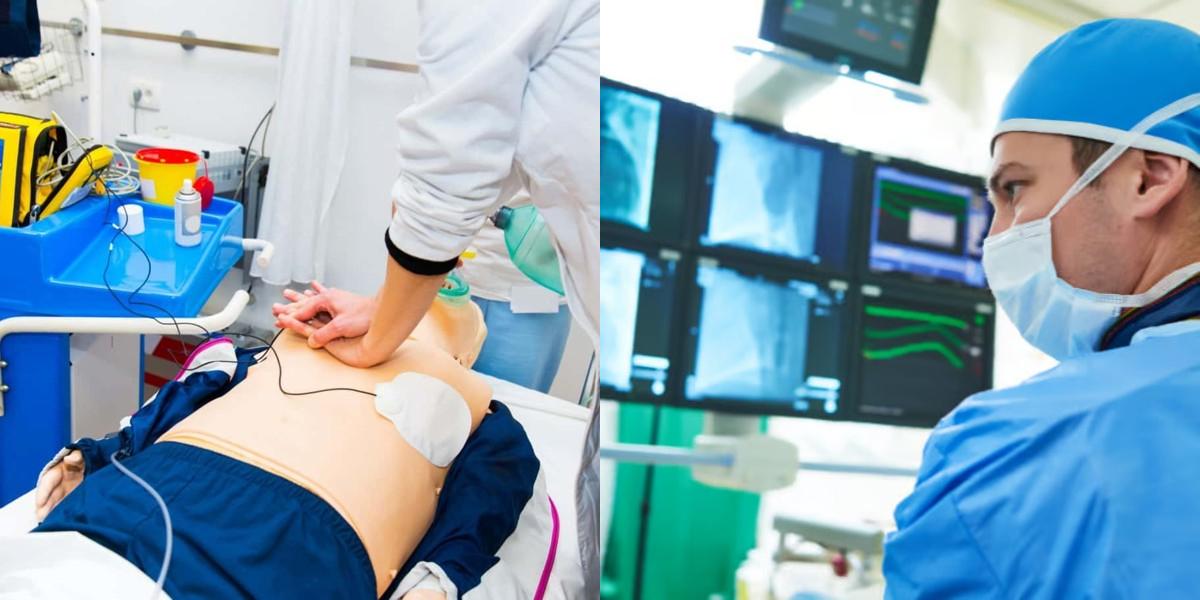ACLS vs Radiology Technician: Which Career Path Is Right for You?

Are you contemplating a healthcare career but unsure which route aligns with your goals? Two compelling options are becoming an Advanced Cardiovascular Life Support (ACLS) provider or a Radiology Technician. Both paths offer rewarding opportunities to impact patients' lives, yet they differ in focus, responsibilities, training, and career outlook. This guide compares the two professions to help you make an informed decision.
Radiology Technician Training
- Education: Completion of an accredited radiologic technology program, usually resulting in an associate’s degree.
- Curriculum: Covers anatomy, imaging procedures, patient care, and radiation safety.
- Certification: Pass the American Registry of Radiologic Technologists (ARRT) exam to become licensed.
Career Outlook and Salary
ACLS Providers
- Job Growth: Driven by increasing cardiovascular health needs and an aging population.
- Salary: Median annual wage is $35,400 for EMTs and paramedics, with variations based on location and role.
Radiology Technicians
- Job Growth: Projected to grow 6% from 2023 to 2033 due to advancements in imaging technology.
- Salary: Median annual wage is $76,020, with opportunities for higher earnings through specialization in modalities like CT or MRI.
Final Thoughts
Choosing between ACLS and Radiology Technician careers depends on your interests, skills, and long-term aspirations.
- Choose ACLS if you thrive in high-stress situations and want to provide immediate, life-saving care in emergency settings.
- Choose Radiology Technician if you enjoy technology, precision, and playing a vital role in diagnosing and treating patients.
Both careers are integral to the healthcare system, offering fulfilling opportunities to impact patient lives.
Explore Training Opportunities
Learn more about these career paths and find training programs near you:

Alyssa Jane is part of the customer success team at Dreambound. She works with students, training providers, and employers, helping them have a smooth customer journey. She is also an ESL tutor and Licensed Psychometrician. She is fond of traveling, photography, and discovering new restaurants.




